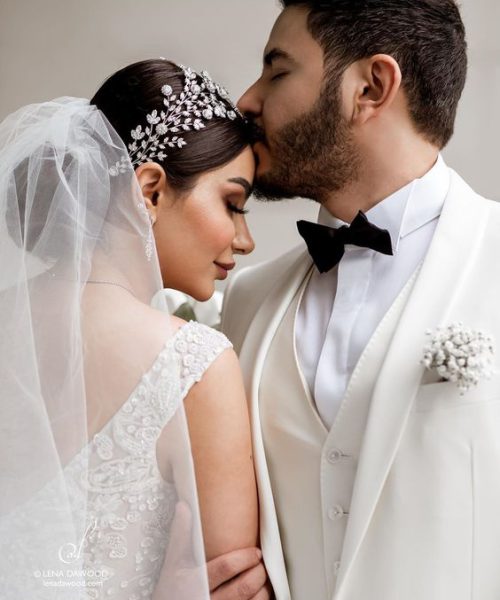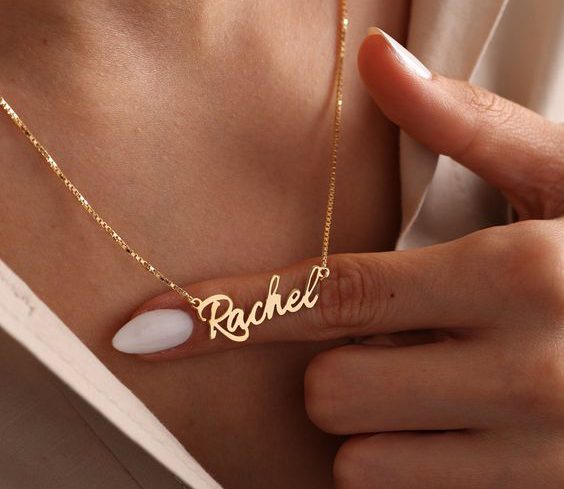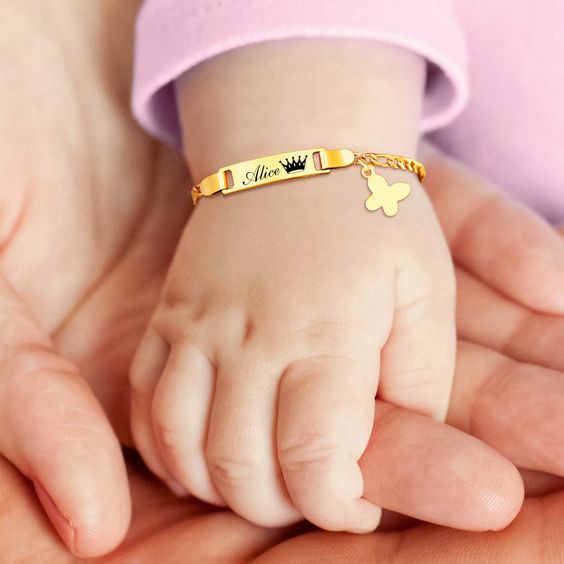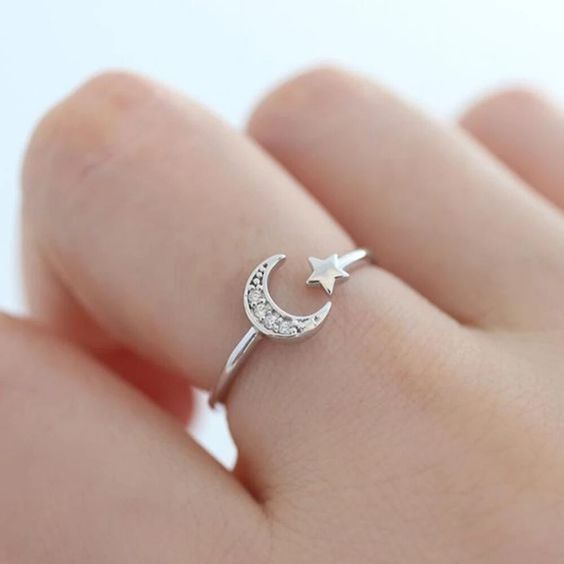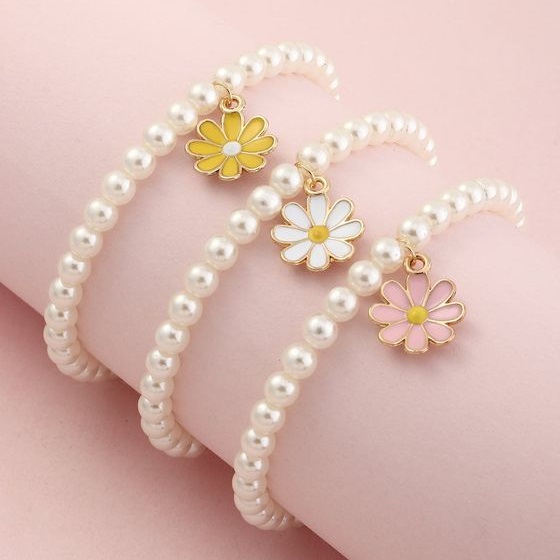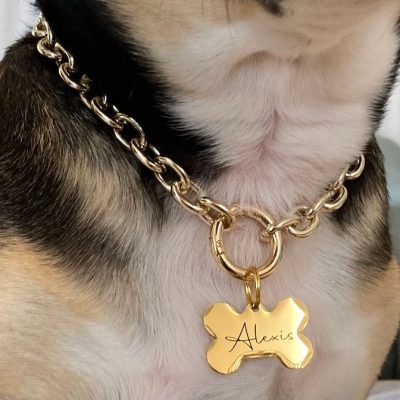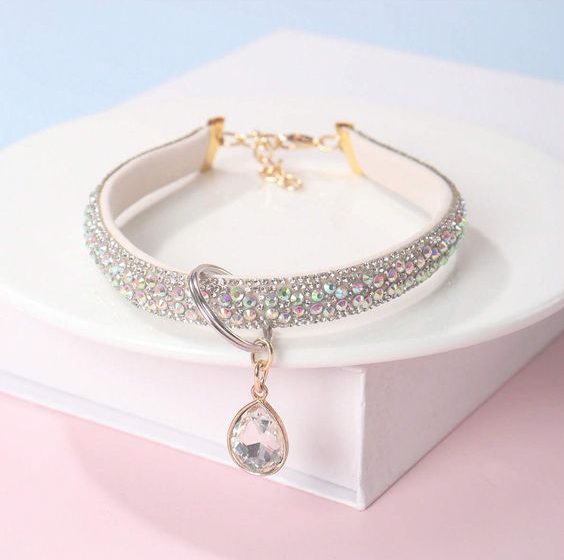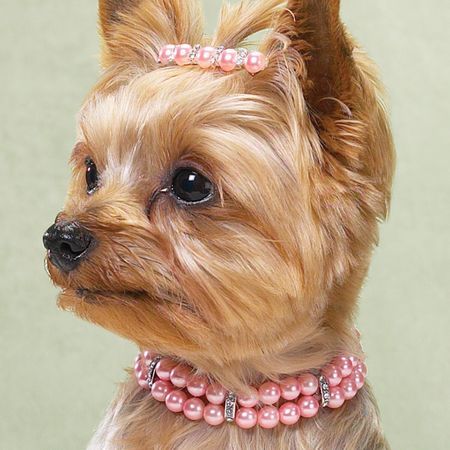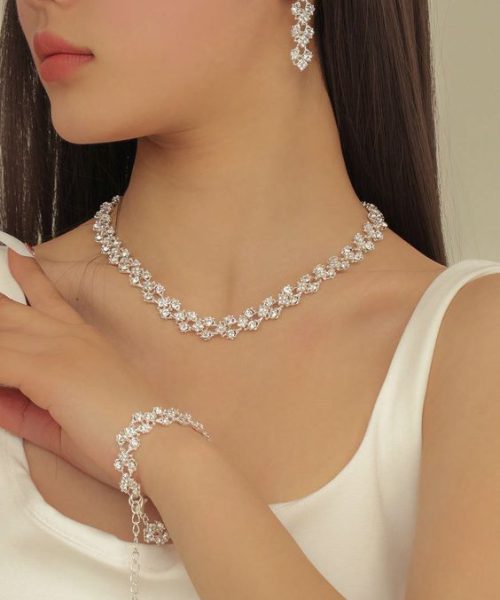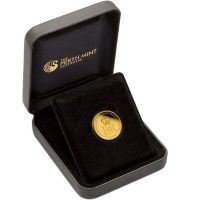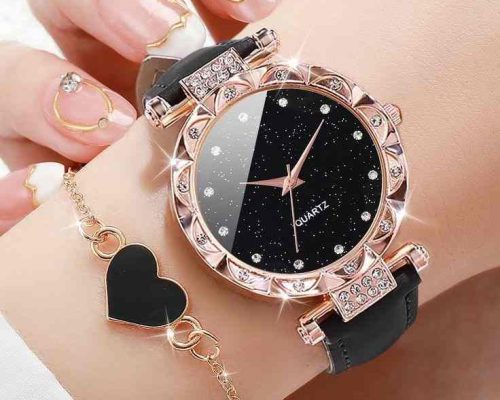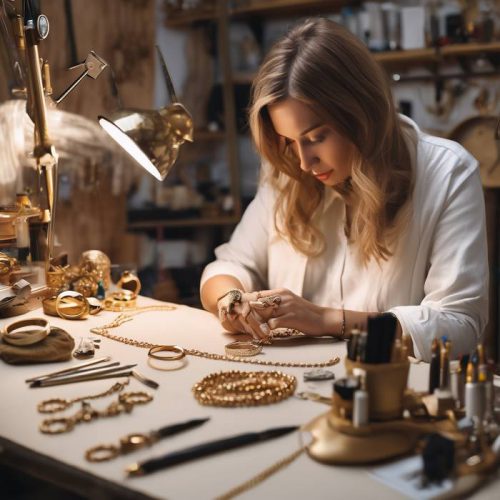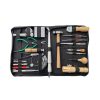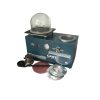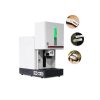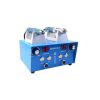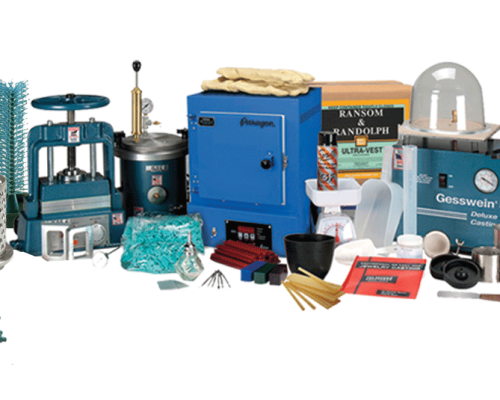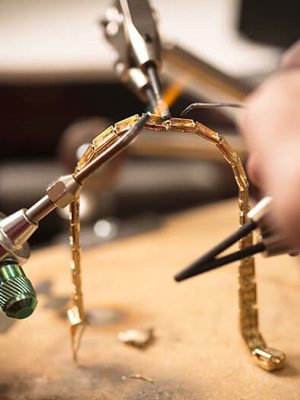


Welcome to our atelier
Jewelry Soldering in Leopard Jewelry
Are you looking for a solution to fuse your metal jewelry? If you need your rings soldered or unsoldered, you’ve come to the right place. Have any questions about soldering? Have any questions? Leopard Jewelry is here to help!
To connect two pieces of metal, solder, an alloy of silver and copper or silver and zinc, is utilized. The solder is heated until it melts and then left to cool. When it solidifies, the connection becomes permanent, provided that the process was done correctly. There are various methods to solder two metal pieces together.
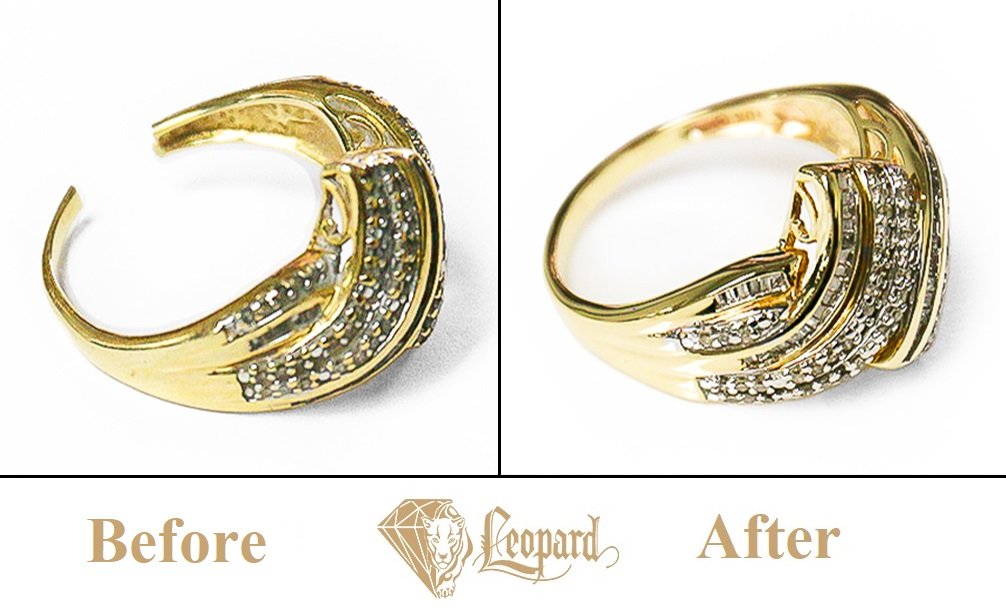
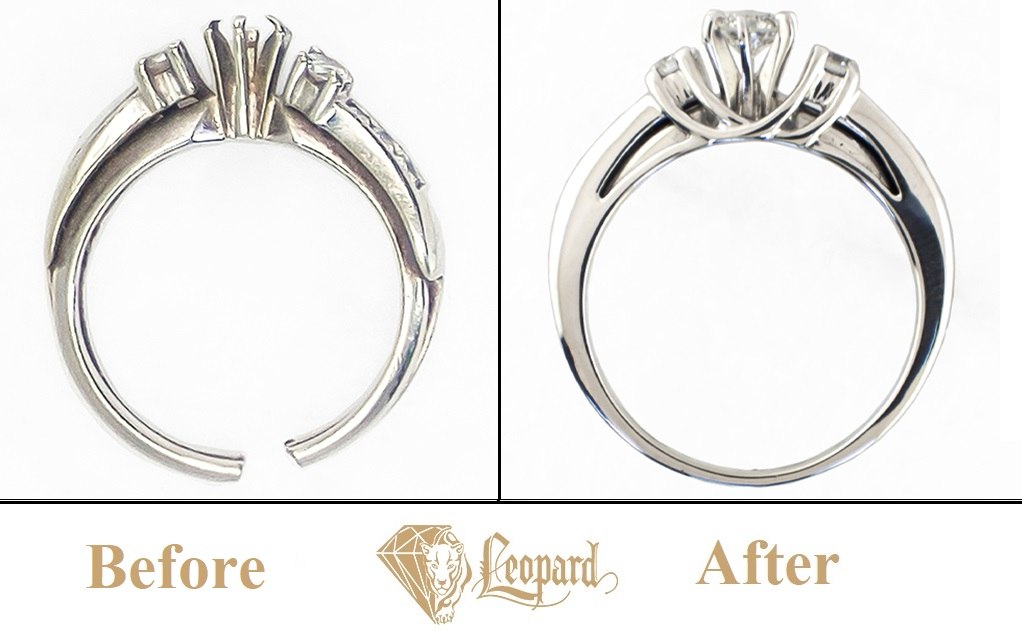
Prepare Metal
Prior to soldering, it is crucial to ensure that the metal pieces are clean and devoid of any grease or oil residue from handling. To achieve this, the pieces should be immersed in a pickle solution for a few minutes. Once removed from the pickle, jewelers utilize pliers or tweezers to manipulate and arrange the metal on a fire brick in readiness for soldering.
Add Flux
To ensure successful soldering, it is important to clean the metal pieces and remove any grease or oil residue by immersing them in a pickle solution. Once cleaned, jewelers use pliers or tweezers to manipulate and arrange the metal on a fire brick in preparation for soldering.
Before cutting the solder, it is important to ensure it is also clean and not handled excessively. Solder can be cut into small pieces using wire cutters or sharp scissors. Two different types of flux can be used for soldering, Battern's flux or a borax-based paste.
A- Battern's flux is applied to the area to be soldered with a thin paintbrush, followed by placing the solder on the metal and heating both at the same time.
B- The second way is to use a borax based flux. The borax-based paste is applied with a brush and heated first until it looks like glass before placing the solder on the metal.
Choice B may make the soldered area slightly sticky and allow for extra time to arrange the solder, it requires heating the metal twice, whereas choice A allows for fluxing and heating the solder simultaneously.
Place the Solder
To position the solder onto the metal, jewelers can use tweezers, which are effective for handling small pieces. The solder should be placed between the areas that will create the strongest bond. If placed correctly, a small amount of solder can be sufficient. However, this skill requires practice.
Torch It
Once the solder is in position, it's time to heat up the torch. The metal should be heated evenly to ensure that the soldering temperature is reached simultaneously. To draw the solder through the joint, it's best not to point the flame directly at the solder. Instead, jewelers should aim to have the flame follow the joint being connected. The flame should be kept on until the solder runs, then immediately removed.
Quench the Metal
To cool down the metal, jewelers can use tweezers or pliers to pick it up and drop it into a jar of water. If additional soldering is necessary, the process must be repeated, and a different type of solder, such as medium or soft, should be used as previously mentioned.
























